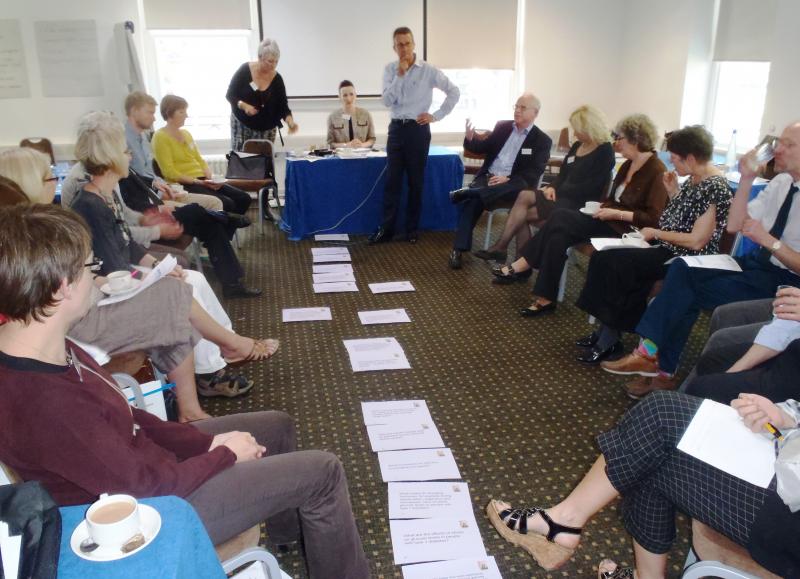Updated January 2019 Sally Crowe
What is the James Lind Alliance (JLA)?
The JLA is a non-profit making initiative which was established in 2004. It brings patients, carers and clinicians (healthcare professionals) together in Priority Setting Partnerships to identify and prioritise the unanswered questions about treatments that they agree are most important. The JLA’s work is carried out by a small number of JLA Advisers. It is coordinated and overseen by the National Institute for Health Research Evaluation, Trials and Studies Coordinating Centre (NETSCC) UK.
What are JLA Priority Setting Partnerships?
Priority Setting Partnerships focus on important questions for research in a particular condition or healthcare issue. Partnerships consist of individuals and organisations representing patients with the condition, their carers and the healthcare professionals who treat them.
What do Priority Setting Partnerships do?
They follow a prioritisation process that results in ten priorities for research for consideration by research funders. There are five key stages:
1. Initiation
q Defining the health/social care issue and agreeing what is in scope.
q Identifying partners for the process, awareness raising, and contracting for partnership effectiveness. This includes agreeing who does what, gaining ownership of processes and outcomes, setting timelines and considering contingencies.
q Establishing a Steering Group
2. Consultation
q Gathering research questions directly from clinicians, patients, and carers, via groups/ organisations/alliances, using standard methods such as surveys, focus groups etc
q Scanning research recommendations, including: BMJ Clinical Evidence, Clinical Practice Guidance, Cochrane Reviews, NICE/SIGN Guidance
3. Collation
q Questions are categorised into themes, refined, and where required reworded
q Existing evidence bases are checked, to establish that prioritised questions are not already answered by up to date research reviews.
4. Prioritisation
q Interim phase: to reduce the research questions to the most important and a manageable number (<30). This is usually done by an online survey and voting
q Once a shortlist of research questions has been agreed, it goes forward for final priority setting.
q Final phase: Priority setting workshop – all partner representatives are invited. Workshop is modest in size - 30 people, and pre-workshop packs contain contextual information as well as the short list or research uncertainties to be prioritised. Nominal group technique is used (pre-workshop individual ranking followed by rounds of small group discussion and ranking, aggregating rank order as workshop progresses). Final plenary session agrees shared ‘top ten’, and some discussion about the research response required e.g. primary research, updated systematic review etc

5. Reporting and refining
q Work on priorities to fashion them into good quality research questions (Steering Group activity or workshop)
q Formally to partners, and their communities of interest
q Publish in relevant high impact journals, and patient/carer publications.
q Funding organisations and allied groups, for example, Cochrane Collaboration, National Institute for Health Research Programmes, relevant Charitable Foundations
Where can I find out more?
- http://www.jla.nihr.ac.uk/
- For practical guidance on the JLA’s priority setting process http://www.jla.nihr.ac.uk/jla-guidebook/
- Follow @LindAlliance
